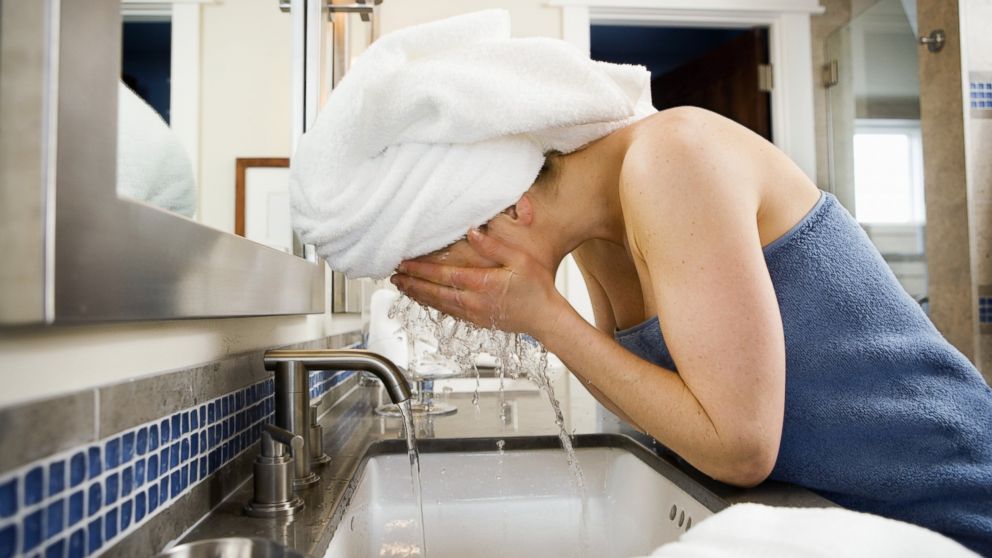Most Germ-Infested Place in Your Home Is Shocking

— -- With flu season upon us and Ebola all over the news, everyone is looking for ways to stay as germ-free as possible.
But what’s the most germ-laden item in your home? Door handles? Toilet seats? The kitchen sink?
None of the above.
The most germ infested places in your home are the towels in your kitchen and bathroom.
A May 2014 University of Arizona study funded by Kimberly-Clark Corporation found that 89 percent of kitchen rags carried coliform bacteria, which is found in both animal and human digestive tracts. Twenty-five percent of the towels tested positive for E. coli.
Charles Gerba, a professor in the Department of Soil, Water and Environmental Science at the University of Arizona and corresponding author of the study, says towels are more likely to be bacteria-ridden than other household items because they are used to wipe hands and surfaces that may have been contaminated by raw meat products.
Gerba says towels also tend to retain moisture for long periods of time, allowing the bacteria to survive.
“You can cross contaminate food when you wipe your hands on a towel and then contaminate other foods or bring your hands to your mouth and infect yourself,” Gerba said. “With face and bath towels you may spread bacteria and viruses among family members who use the same towels.”
The good news is that it is not hard to prevent these germs from spreading.
Here are some tips to help keep these extra germy areas clean:
• Wash and replace all your towels at least every three or four days
• Use paper towels to clean areas where food is prepared and to wipe your hands
• Use vinegar in place of fabric softener to strip away odors and keep towels absorbent
• To prolong the time between washes, dip kitchen towels in a diluted bleach solution (two teaspoons of bleach per gallon of sink water) and let them dry



